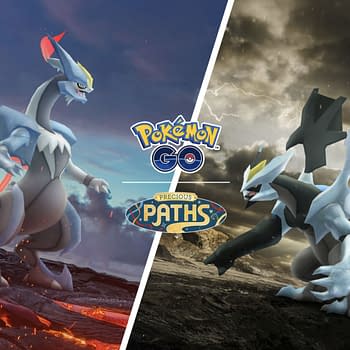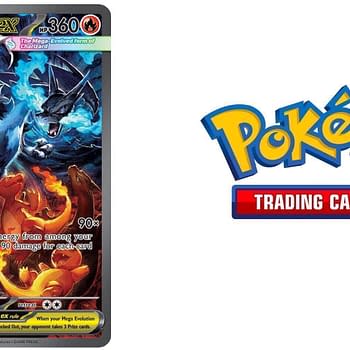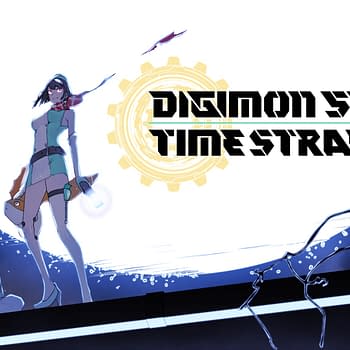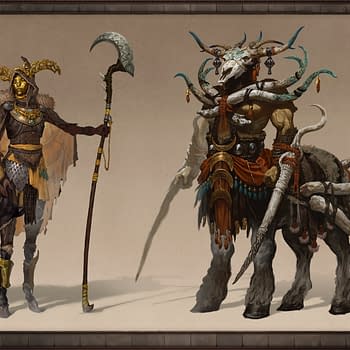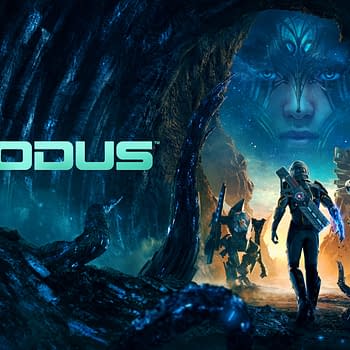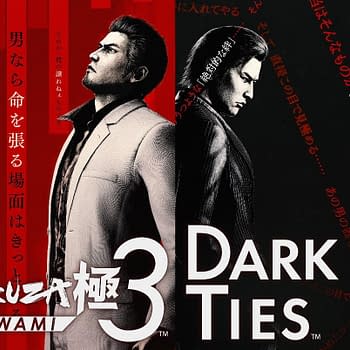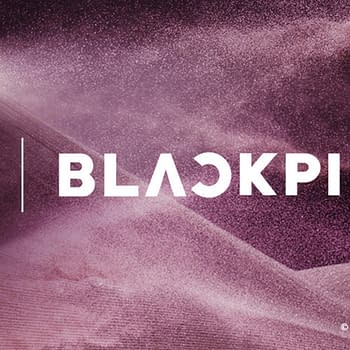Posted in: Card Games, Games, Pokémon TCG, Tabletop | Tagged: Brilliant Stars, pokemon, pokemon go, Pokemon TCG, Radiant Pokémon
A Holographic History Of The Pokémon TCG: Radiant Pokémon
Over the years, the Pokémon TCG has featured many different patterns used on their holographic cards. Some patterns lasted for years, while others had short stays, making them markers for their short time in the franchise. In this next installment of A Holographic History of the Pokémon TCG, let's take a look at a style of card that was released just a few months ago: Radiant Pokémon.
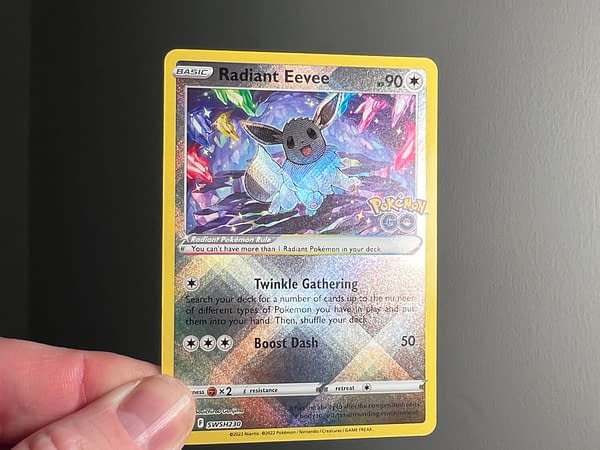
When Radiant Pokémon first debuted in Japan, they were translated as Sparkling Pokémon. They are quite a lot like Shining Pokémon cards which debuted in the Neo era way back in the day. Like Shining Pokémon, the actual figure of the Pokémon itself has textured foil rather than the background of the artwork. What's different and unique to Radiant cards, though, is that the actual body of the card with text is foil and has a geometric reverse-holo pattern that moves through the actual Pokémon as well.
Radiant cards arrived in the English-language set Sword & Shield – Astral Radiance for the first time. They could be pulled in the Reverse Holo slot, making it so that both Radiant Pokémon and Trainer Gallery hits could be found in this slot. Since their arrival in Sword & Shield – Astral Radiance, Radiant cards have appeared as SWSH Black Star Promos (Eevee) and in the special Pokémon GO set (Charizard, Venusaur, Blastoise). This card type will also appear in the next set, Sword & Shield – Lost Origin, and the final expansion of the year, Sword & Shield – Silver Tempest.
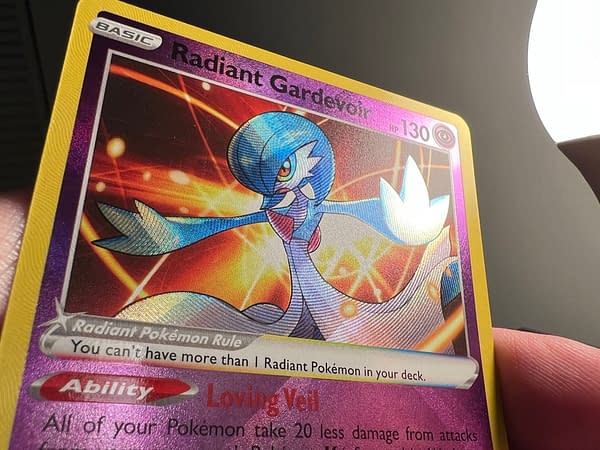
One thing about these cards is that half of them seem to have intricate and beautifully illustrated backgrounds while others contain what look like simple color patterns. The fully illustrated cards such as the Radiant Eevee and Radiant Greninja are far more interesting to me and are on par with Shining Pokémon, while the ones with the color patterns end up underwhelming.



